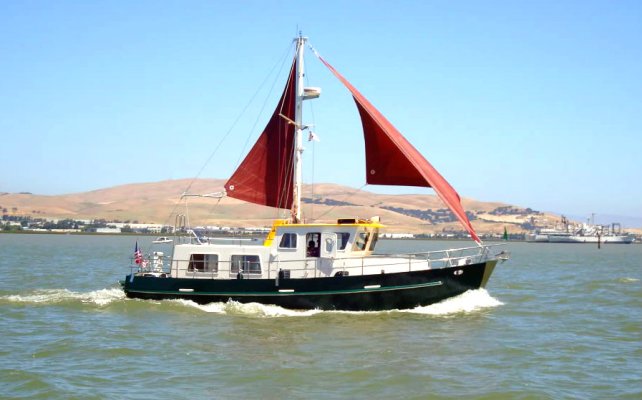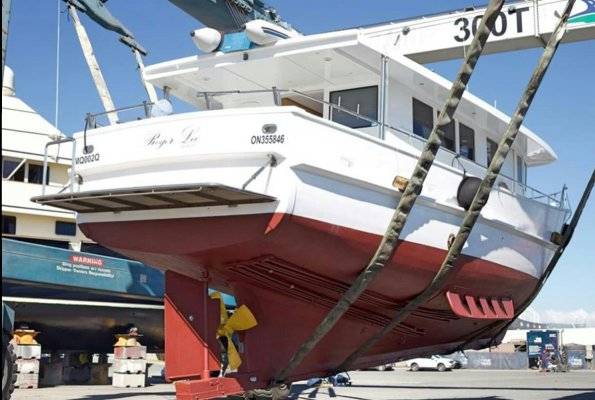I've owned and cruised a boat extensively up and down the eastern seaboard, a Hatteras 56MY stabilized with Naiad 252's. I know and have known many other boaters with Naiad systems and a few Wesmars and ABTs and Vospers. These systems are fairly simple and like any other boat system, need preventive maintenance and replacement of aged parts parts on some schedule. They also need to be operated properly. In addition to having the seals changed out (I preferred a 5 year schedule due to the heavy use) for about $1000 by an experience tech (it can be a DIY job by borrowing the right tool), I replaced a couple of solenoids myself at about $50 per. Other owners reported similar. I consider them a very low cost system to maintain and own. If you never maintain them, then yes, the consequences can be costly. We loved having them as they expand the number of days you can cruise comfortably, which as another poster aptly noted, is a personal judgement as to what "comfortably" means. Not to say that you can't cruise some days less comfortably without stabilizers, but we are pleasure boaters, in that order.
That being said, I've also done a lot of very fun cruising in non-stabilized "trawler style" boats in the 40-50 foot range such as Grand Banks, Mainship and, on a good deal of the eastern half of the Down East Loop, a Hatteras 42LRC. You pick the wheres and whens you cruise a little more carefully,that's all.




